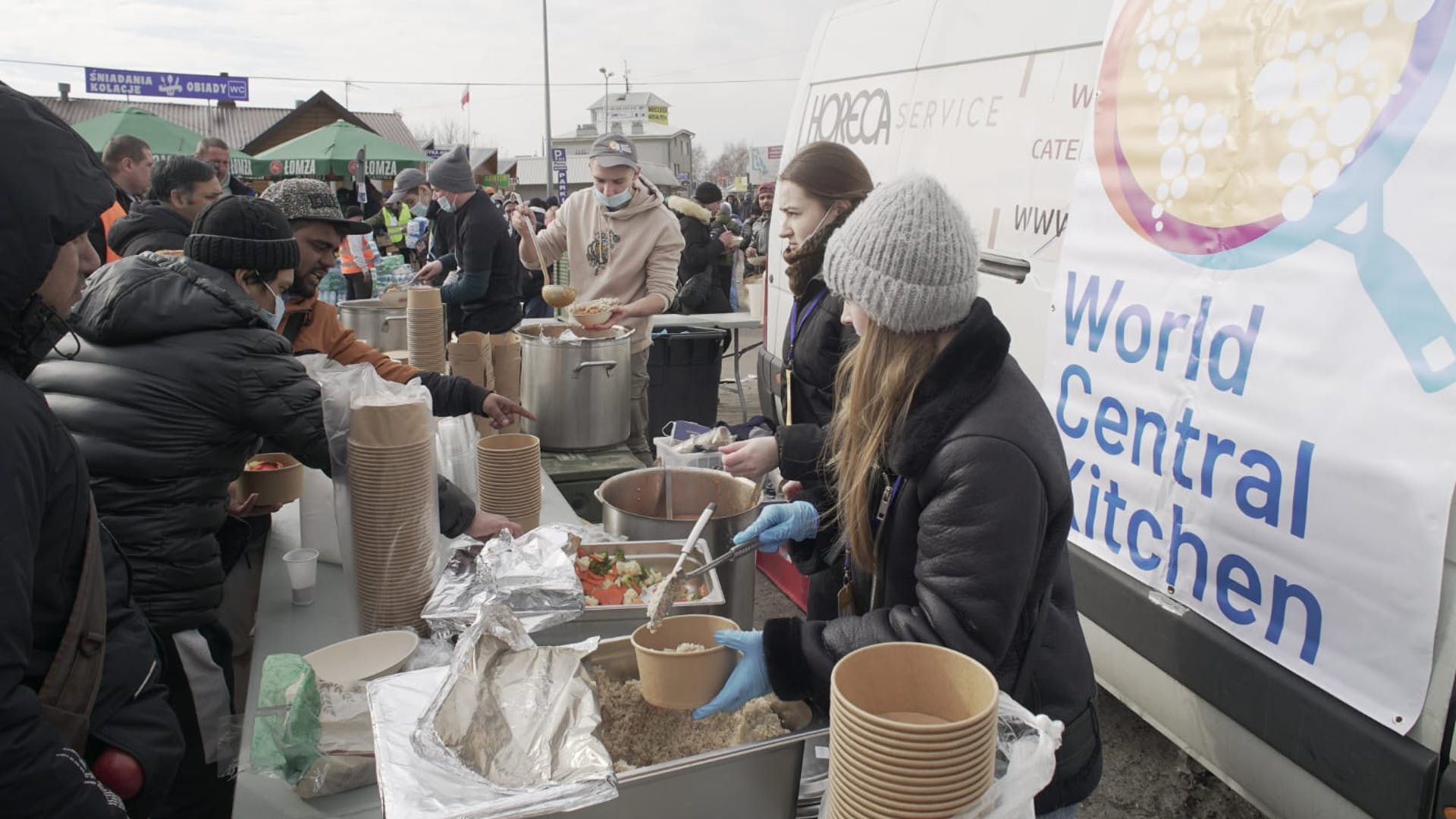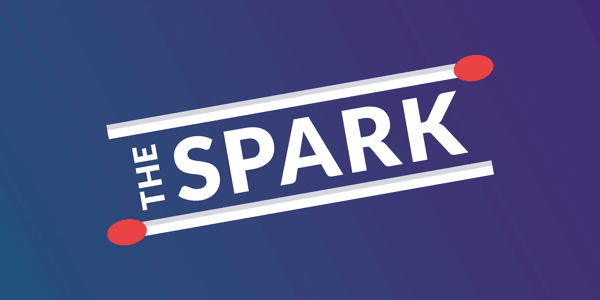B2B: Unfit to Commit?Our B2B bestie, Linkedin Marketing, is back with another piece of content to help inform your 2022 strategy. To motivate and inspire brands after two years of navigating tumultuous times, LinkedIn published its digital magazine, Recharge Your Marketing for 2022. We combed through all 48 pages for you, and many of the insights reflect trends we’ve already spotted, like value-driven branding and experimenting with new tech. But one headline stood out, holding B2B accountable for its fear of committing to creativity. LinkedIn wants business marketers to revise their traditionally transactional approach and ditch those commitment issues. (Calling us the Chandler Bing of creative commitment was the last straw.)
LinkedIn’s research shows B2B marketers have a hard time staying consistent — always looking for a reason to ditch one idea and move on to the next. While B2C campaigns tend to go all out in their creative efforts (with elements like celebrities, interactive campaigns, humor, and storytelling), B2B brands usually utilize a minimalist approach, focusing on informative, digestible, and educational content. But innovation drives results — LinkedIn’s report shows that B2B brands that pursued creative ideas were rewarded with rising effectiveness.
B2B is also more likely to engage in short-term campaigns, rather than widespread brand-building efforts over longer periods of time. But to create a strong brand identity, you have to play the long game. LinkedIn’s B2B Institute expert Jennifer Shaw-Sweet reminds us that effective marketing isn’t about having lots of great ideas — it’s about having a handful of valuable ones and sticking to them. Try kick starting your long term plan with a repeatable and adaptable piece of content that can be shared across multiple platforms over time. All you need is one creative and timeless idea to start building the foundation of your brand’s creative commitment.
TL;DR: LinkedIn published its Recharge Your Marketing digital magazine, which urges the B2B industry to lean into creativity and commitment for long-term branding efforts.
TikTok Takes TenShort-form video is so last month. (Last week?) TikTok is officially expanding its video length to 10 minutes. After making the jump to three-minute videos as recently as July 2021, the update from TikTok shows a growing interest in the creative possibilities of longer-form content.
If you’re thinking that TikTok is starting to sound a lot like YouTube … you’re not alone. Expanded video length will allow for more creator-based educational content like beauty tutorials or cooking demos — the types of videos often only found in full-length on YouTube (until now).
But B2B marketers don’t typically need a demo on baking the perfect croissant. So what’s our role in longer-form video content? The opportunities for B2B on TikTok are growing, and longer video gives way for new (or recycled) content like product/service demos, sharing industry knowledge, and more. Extended video length will also open doors for more creative opportunities for brands. (Please refer to the previous headline if you don’t think this applies to you … )
Short video’s reign might be coming to an end, so reserve a spot for long-form video in your future marketing strategy.
TL;DR: TikTok’s expansion into 10-minute videos shows a shift in the type of content that best resonates with people. Consider the business applications of long-form content, like product or service demonstrations.
What Lit Us Up
Social Feeds That FeedWith updates coming by the minute, the Russian/Ukrainian conflict "could be the most documented war in human history." News is pouring in from every social platform, and a rare few posts manage to warm troubled hearts and provide us with a ray of hope — like this one from chef and restaurateur, Chef José Andres, who founded the nonprofit food relief organization, World Central Kitchen (WCK).
In his video tweet, Chef Andres explained that his nonprofit was stationed at the Polish border, ready to greet Ukrainian refugees with a friendly face and a hot bowl of soup. WCK has also partnered with Oh My Ramen, a food truck run by two Ukrainians living in Poland, to aid in the effort to feed anyone in need. Now, thousands of refugees have been served, with no plans of slowing down.
Amid catastrophic world events, social media has the power to highlight moments of brightness during a dark time. World Central Kitchen is one of many in the hospitality industry lending a helping hand during the crisis. The organization continued to provide updates on their efforts on social media, sharing photos and videos from on the ground, using the hashtags #ChefsForUkraine and #BuildLongerTablesNotWar.
Another brand taking meaningful action is Airbnb, which is offering temporary housing for up to 100,000 Ukrainians who have been displaced by the war. On Twitter, the homestay company encouraged its followers to do their part by signing up to host a refugee or donate.
Whether it’s fundraising for a campaign, recruiting volunteers, or disseminating critical information, brands can support important causes and utilize social media to spread the word and galvanize participation.
TL;DR: Never before has a war been so documented as the current Russian/Ukrainian conflict. The World Central Kitchen, founded by Chef José Andres, is brightening our newsfeeds by sharing their efforts of feeding Ukrainian refugees. In times of crisis, rather than simply announcing your support with a post, find meaningful ways to provide relief and utilize social media to bolster your efforts and share your successes. (Was this email forwarded to you? Sign up here.)
|
-1.png?upscale=true&width=346&upscale=true&name=Tier%20One%20logo_color%20(1)-1.png)


